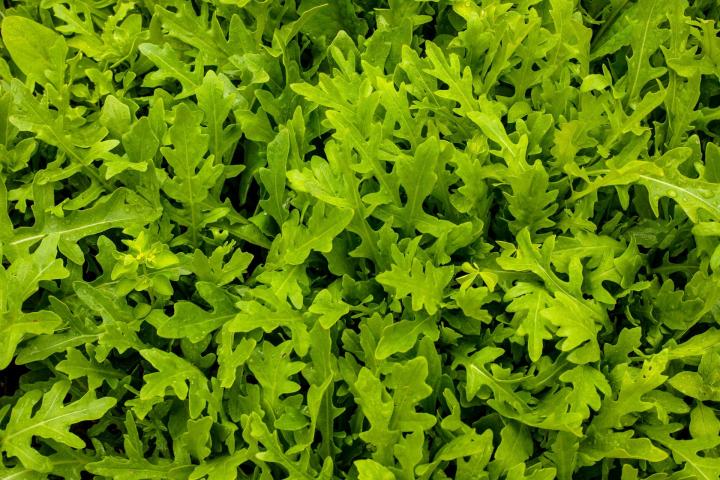
Planting, Growing, and Harvesting Arugula
Packed with vitamins and minerals, arugula is often used fresh or in cooked dishes. Toss arugula into…
- Salads
- Soups
- Omelettes and eggs
- Sandwiches
- Grains
- Pizza toppings (Dress arugula lightly in a lemony vinaigrette.)

ADVERTISEMENT
I planted a packet of mesclun in a flower bed. The rabbits ate all of the lettuce but did not touch the arugula. It grew big and beautiful. I cut the tops and put them around the lilies and iris and hosta to stop the rabbits from eating them. It seems to have worked. I think I will plant arugula on purpose next summer.
I live in Billings, Montana and every year for the past 5 years, I have been unable to find Arugala seeds or plants.
Any suggestions for finding them here? If not, then I have to order online again.
I like that you included the names of some types of Arugala to get.
Thanks!
Hi, I would like to plant in pots. How big a pot should I use? Can I put other items in the same pot? Thanks
Lettuce greens, which include arugula, are fairly shallow rooted; they do not need but a couple or few inches of depth. More is fine but not necessary. See here for examples: https://www.almanac.com/how-grow-your-own-salad-greens
So you can use any size container but if you are growing other things, you might want depth to satisfy their root needs. You can search for individual vegetables on this web site (go to the top of this page for the search box) and learn more about each one’s needs.
Responding to Mary's question about harvesting seeds. I just finished this about 2 minutes ago! When one of my arugula beds was determined to bolt, I let it. I let the seeds dry in the pods on the plant. Tonight I went and cut them off and captured the tiny seeds on white paper and saved in an envelope. I left out the ones that were still a little green for fear they might mold the dry ones. Waiting for slightly cooler weather to replant.










Comments